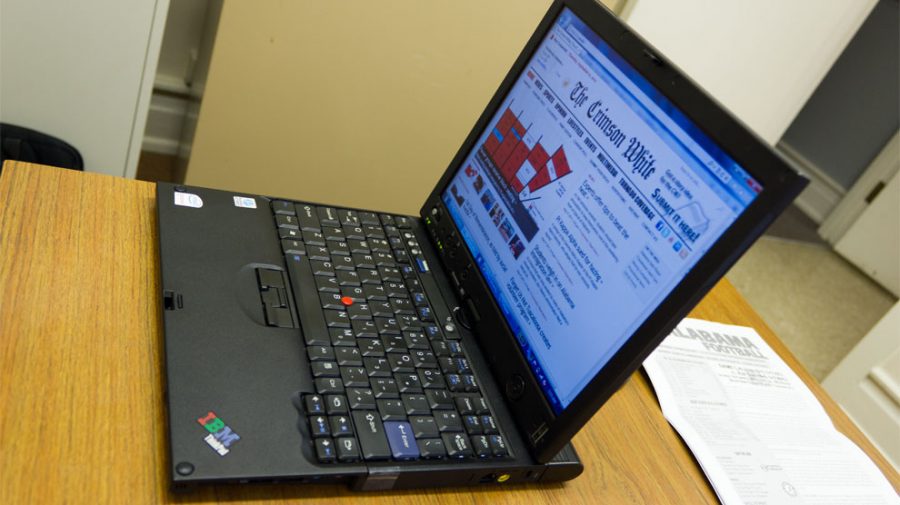During the Student Government Association campaigns last spring, there was one issue every candidate seemed to agree on – improving Internet on campus.
After the two hour Internet shutdown last week, the importance of Internet on a college campus has been pushed to the front of students’ minds.
Wireless Internet was first implemented on campus in 2004, and the number of access points has been growing ever since. But in the 2009-2011 timeframe, the Office of Information Technology made a more than $1.5 million investment in wireless technology, said Scott Montgomery, deputy chief information officer.
Montgomery said there are more than 2,000 wireless access points across all buildings and residents halls. There are WAPs on every floor of every building, and each WAP covers 100 feet in diameter.
Montgomery admits there are limitations to the wireless technology.
“The connection may be weak or intermittent in some of the outdoor areas,” Montgomery said. “But internally, there’s very good consistency.”
Montgomery said the two-hour shutdown last week was the result of a transition underway of setting up network switches to eliminate the risk of an outage.
“So far, it’s fine,” said Emily Miller, a sophomore majoring in marketing. “It does seem a little slower than last year.”
The strain is increased with the prevalence of smart phones and wireless tablets.
Shane Merritt, the network engineer, said turning the Wi-Fi off of devices when you don’t need it is one easy way that will help the overall Internet performance.
“If you’re not using the wireless, turn the button off; it will be helpful to your neighbor,” Merritt said.
Another tip is to wait to turn the Wi-Fi on until you are in the exact place you need to be.
“Connections can be sticky,” Montgomery said. “If you leave the Wi-Fi on, you may stay connected to a highly used access point when there is another one closer to you.”
Montgomery said that when streaming media, try if possible to use a hardwire connection.
Merritt also encouraged students not to connect their own wireless routers to the network. He said there are about 200 routers on campus that were brought in by students.
“It interferes with the signal we’re putting out,” Merritt said. “Folks not doing that would help the performance of the network in general.”
Montgomery said the OIT doesn’t know what specific areas to fix if students don’t speak up about problems they are having.
“In some cases, we can fix the problem by adding more access points or fixing the ones we have,” Montgomery said.
Students can contact the OIT at 348-5555 or by email at [email protected].
The OIT requests that students be specific regarding the details of any issue they are having.
Currently, the OIT has been adding more access points in areas of high use, such as lecture halls and library space.
“Hopefully with a better understanding of what issues are facing the IT department, we will be able to come up with a solution that will enable all students to enjoy campus Wi-Fi without annoying disturbances,” said SGA Senator Sydney LaDear Page.
Senator Will Pylant said he and other SGA members are keeping in contact with the OIT to see what strides can be made to ensure campus has the most reliable Internet connections.
“Even though we’re only in the second week of school, we plan to move quickly on this issue,” Pylant said.
SGA Communications Director Seth Morrow said the SGA will be launching a “Use 3G” campaign.
“By switching mobile devices off of Wi-Fi and onto cellular 3G networks, the strain placed on campus Wi-Fi ports will be reduced,” Morrow said. “With the growing number of students, it is critical that our campus infrastructure be compatible with the growth.”









